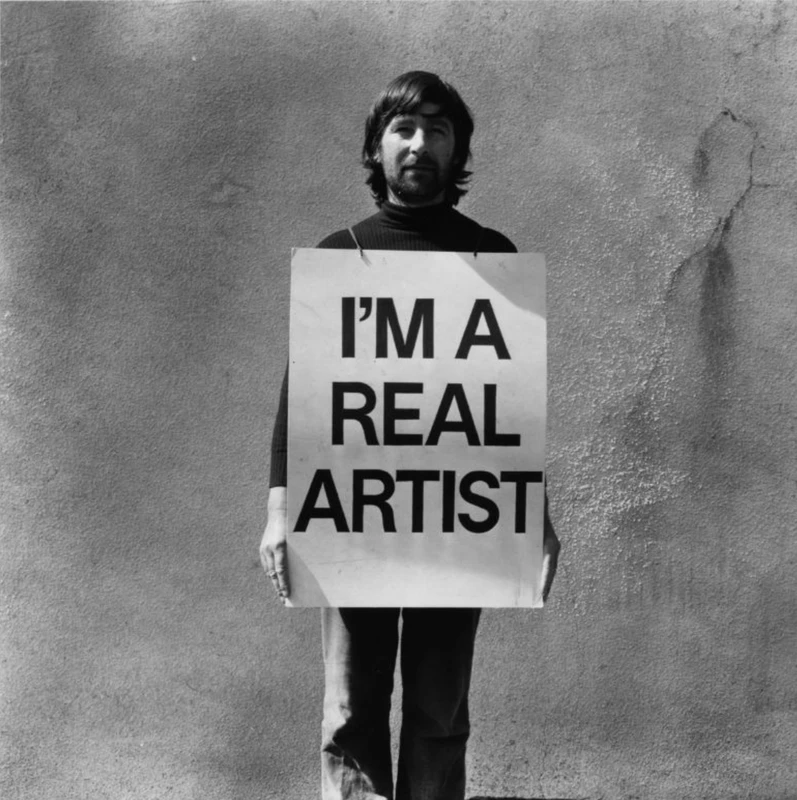Keith Arnatt


b. 1930, United Kingdom
d. 2008
Keith Arnatt (1930–2008) emerged in the 1960s into the tumult of the London art scene to become a key figure in the history of British conceptual art and photography. In a self-reflexive practice that questions with a deadpan wit the status of both the art object and the role of the artist, Arnatt carefully examined and critiqued an increasing reliance of product over process and object over idea. Visually, his work embraced many of the tropes of international conceptualism and minimalism, yet by imbuing his work with an absurdist humor, Arnatt was able to develop a unique artistic language.
Arnatt’s early work often emerged from his interest in the minimalist cube or box, a point of investigation for peers both in the UK and the US. This was supplemented by the use of mirrors in works such as Mirror Plug and Invisible Hole Revealed (both 1968). These artworks functioned as both objects and events, with photography used to document the artist’s actions and attach them to specific contexts or locations. Arnatt’s mirror-lined holes carved into the earth allude to both magic and the creation of a disorientating image of the external world, deploying similar tools to his contemporaries Larry Bell, Robert Smithson and Robert Morris. Their coffin-like shape gives them a resounding sense of the macabre, as does Arnatt’s concerted effort to locate the artwork in the pitted moorland landscape.
Arnatt’s ambiguity of tone, and his concern with pits, burials and shadows, is further evident in perhaps his most famous work, Self Burial (1969), in which across a series of nine photographs the artist appears to sink gradually into the earth. The serial depiction of a slow self-burial reflects his persistent questioning of the identity and role of the artist, culminating in a placard that read “I’m a real artist’, which he wore repeatedly throughout 1972. In 1989, Arnatt used the image of himself wearing the placard to make Trouser – Word Piece. Originally conceived as an intervention in a catalog, Arnatt placed a photograph of himself wearing the placard and printed it next to a meditation on the nature of the real by the British philosopher John Austin. Thus the artist’s project became an epistemological one, where he explored the differences between knowing, believing and seeing.
He later redefined his use of photography with humorous studies of the ordinary, becoming, in his own words, “a real photographer” concerned with both composition and art-historical reference. In his series Walking the Dog (1976–79), dogs and their owners are subject to an almost taxonomic gaze. Influenced by an interest in repetition and seriality that is typical of conceptual photography, he went on to make A.O.N.B. (Area of Outstanding Natural Beauty) (1982–84), which presented disillusioned views of historically significant “scenic routes” and Pictures from a Rubbish Tip (1988–89), where he focused on decomposing bits of food that he enlarged in vivid color. As Arnatt began to utilize the camera as a tool for producing art as well as just documenting it, the mundaneness of the everyday was exposed, questioning again how and what it means to be producing the work of a “real artist.”